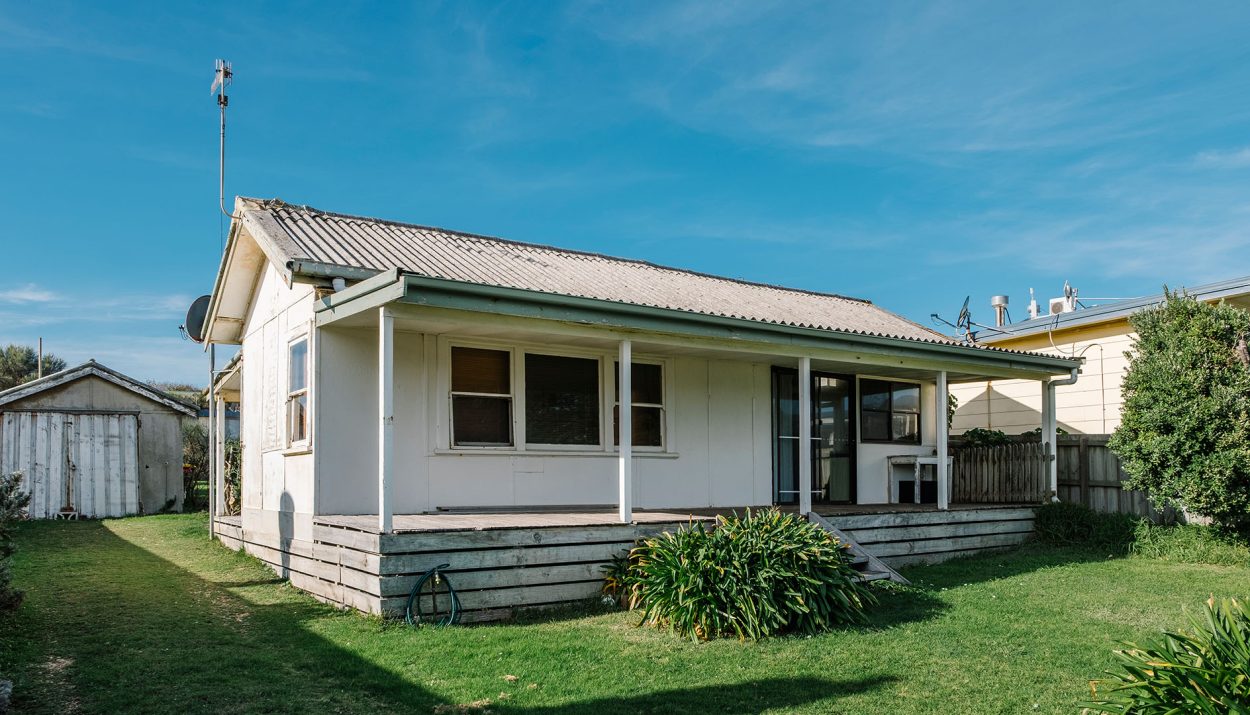For a long time, the picture of a family living in their own house with a green yard and a white fence was the perfect American dream.
The truth is, this picture-perfect idea has been out of reach for many and for a very long time. Unfortunately, what used to be a symbol of the American dream is now an unachievable facade.
The Varieties Of Homes In The Us Have Reduced Over The Last Century
According to architectural experts Murali Paranandi and Jeff Kruth – both of whom study how cities change over time – in the last 100 years, the types of homes in the U.S. have become less varied. This is mostly because of rules about how land can be used that prefer houses for just one family.
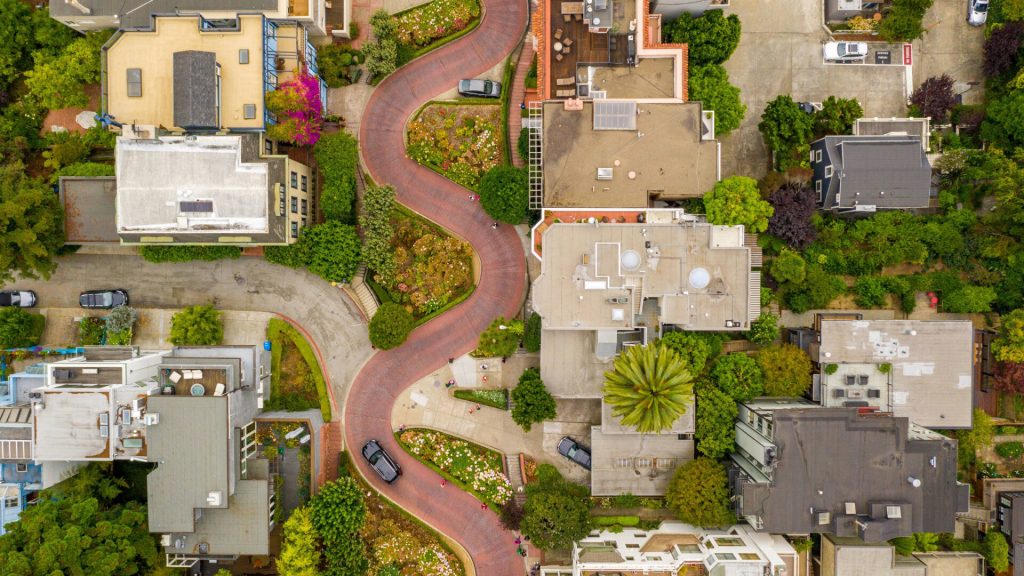
Also, builders often choose to make houses that are cheaper and easier to build the same way. All this has led to fewer choices in where people can live, which is different from the past when American homes had many different styles.
American Zoning Policies Favor Single-family Houses A Tad Bit More
One might even say the guidelines that favor single-family houses in American cities are over the top. Right now, you can only build single-family homes on 75% of the land for houses.
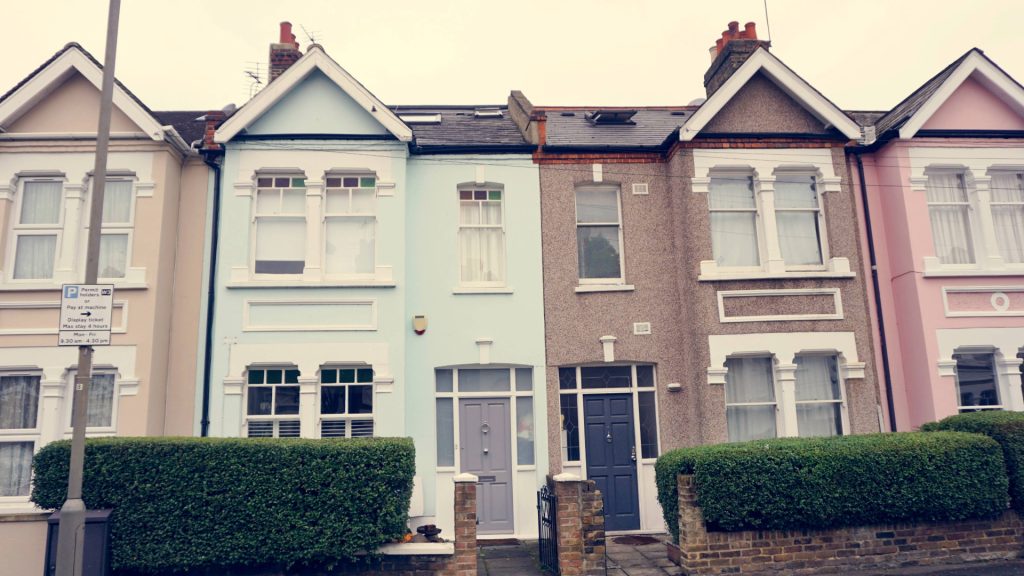
This rule limits the choices for affordable homes. Because of this, house prices go up a lot, and problems like people having to move away and areas being separated by income or race happen. These zoning policies, while perhaps initially meant well, now make it harder to create more inclusive, diverse, and affordable urban communities.
Things Were Different In The Past
Back in the 19th and early 20th centuries, people lived in many different ways – families and communities were all different. There was a distinct variety in the types of houses that were built then. In cities, there were big apartment buildings for lots of families to live in. Housing cooperatives were also common, where people shared ownership.
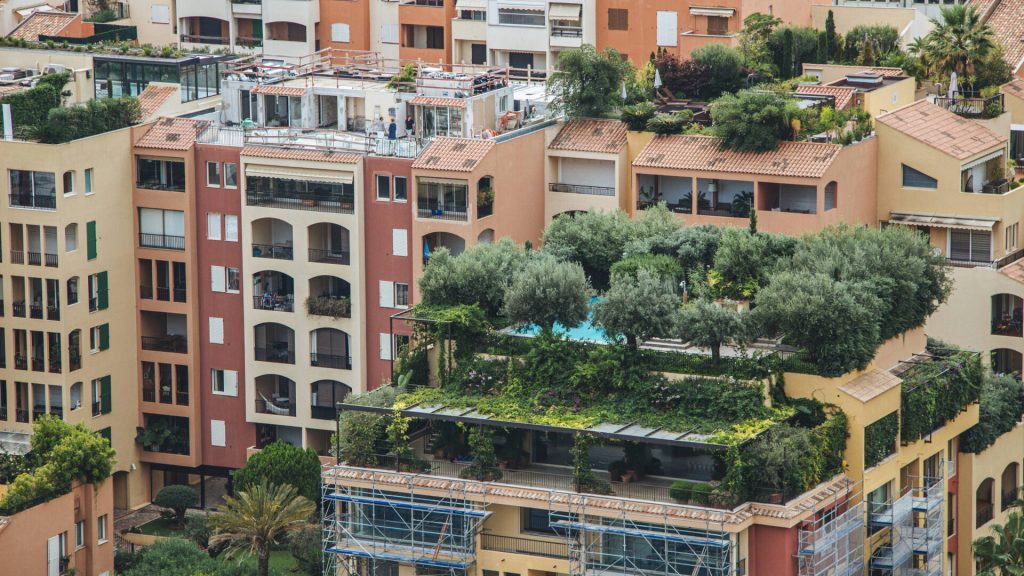
Plus, duplexes and triplexes (houses split into two or three homes) were popular. They were a good choice between single-family homes and bigger apartment buildings. These different kinds of houses were good for many kinds of living situations and helped make neighborhoods more interesting, both in how they looked and how people lived together.
The Accessory Dwelling Unit
Another interesting kind of house that was popular back then is the accessory dwelling unit or ADU. People call these “granny flats,” “backyard homes,” “in-law suites,” or “backyard cottages.” They all mean a small, extra house on the same land as a bigger house.
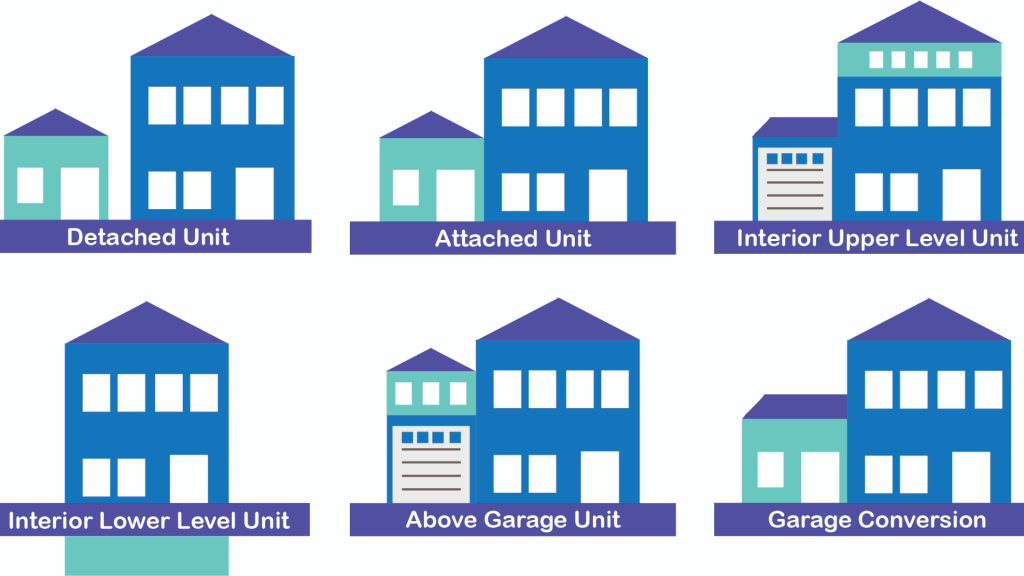
ADUs are usually not too big, but they have everything you need, like a kitchen and bathroom. They have their own door, so people in them have privacy from the main house. These small homes can be part of the main house or separate from it. You can build them new or change something like a garage, basement, or attic into one.
ADUs And Minimalist Living
The popular trend of minimalist living(living in small spaces) like in vans or tiny homes, actually started with the original small house: the Accessory Dwelling Unit (ADU). Even though ADUs have been around for a while, a lot of Americans don’t know about them.
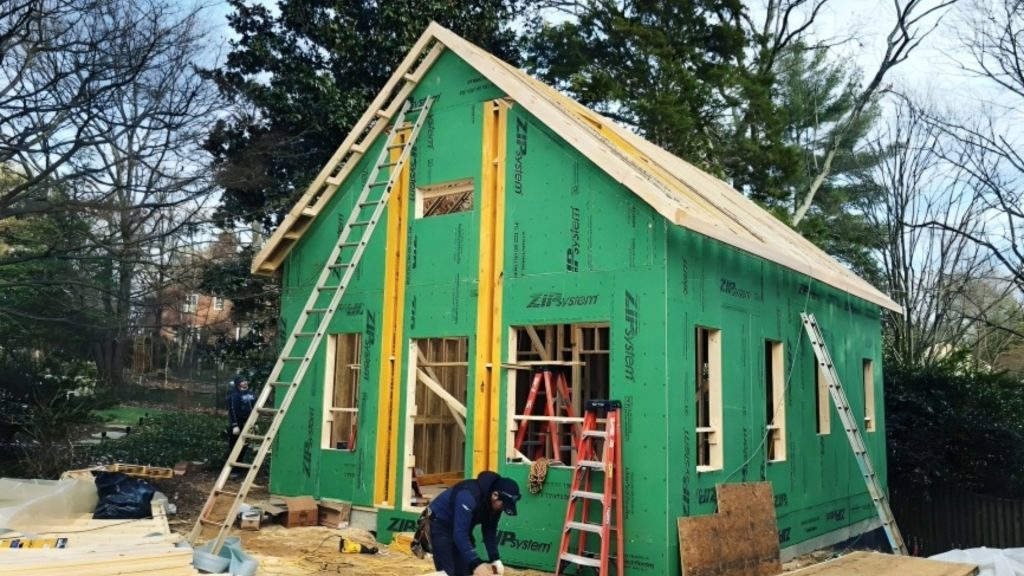
A survey by Freddie Mac showed that 71% of homeowners didn’t know what ADUs were. But after they learned about them, 32% of these people said they would like to have an ADU on their property. This stat points to a growing curiosity and perhaps a significant non-zero possibility of folks accepting ADUs as a good way to live today.
Single-family Houses No Longer Cut It
Nowadays, it’s clear that people need and want different kinds of places to live. Things like more people working from home and older adults wanting to stay in their homes, along with the high cost of buying a house for young people, show that we need more options than just regular single-family homes.
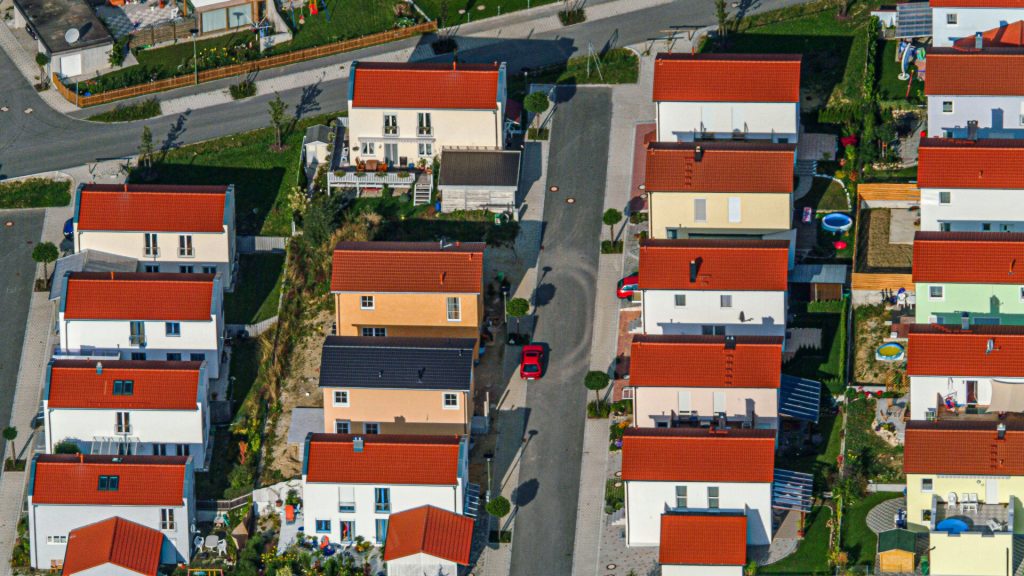
People live in many different ways and have different amounts of money, but it’s hard to find these different kinds of homes because most of the market is just for single-family houses.
ADUs And The Society At Large
ADUs have many good points for society, the economy, and the environment, so more people should know about them and use them. One big benefit of ADUs is that they help with sustainability. Instead of building new single-family homes in big suburbs, ADUs add more places to live in current neighborhoods smartly.
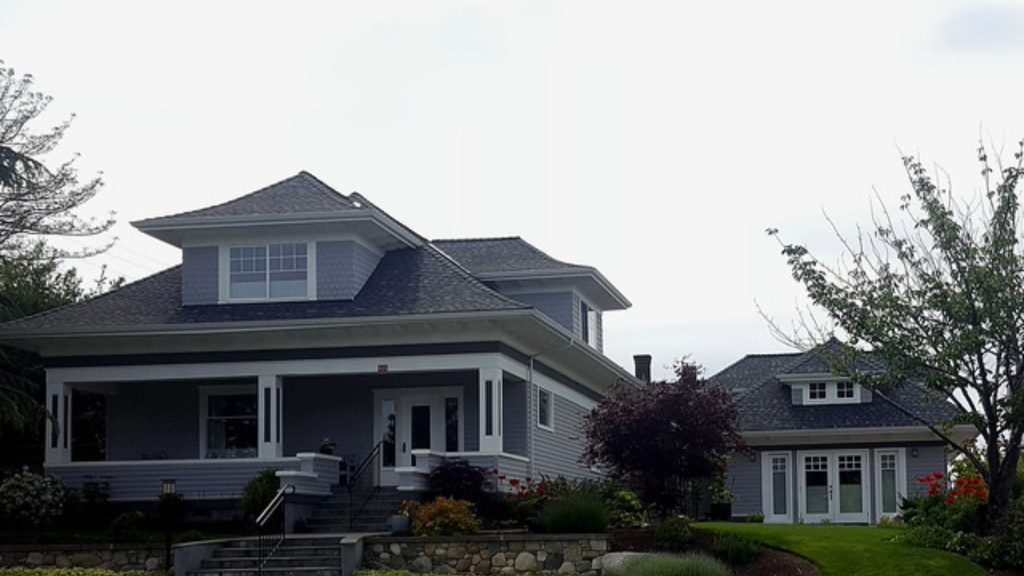
This makes better use of things like roads and power lines that are already in place. Also, ADUs can help lower carbon emissions by reducing traveling distance.
They Score Points For Size
Because they are small, ADUs need fewer materials to build and less energy to keep warm or cool. They can be designed in a way that doesn’t need much electricity for cooling.
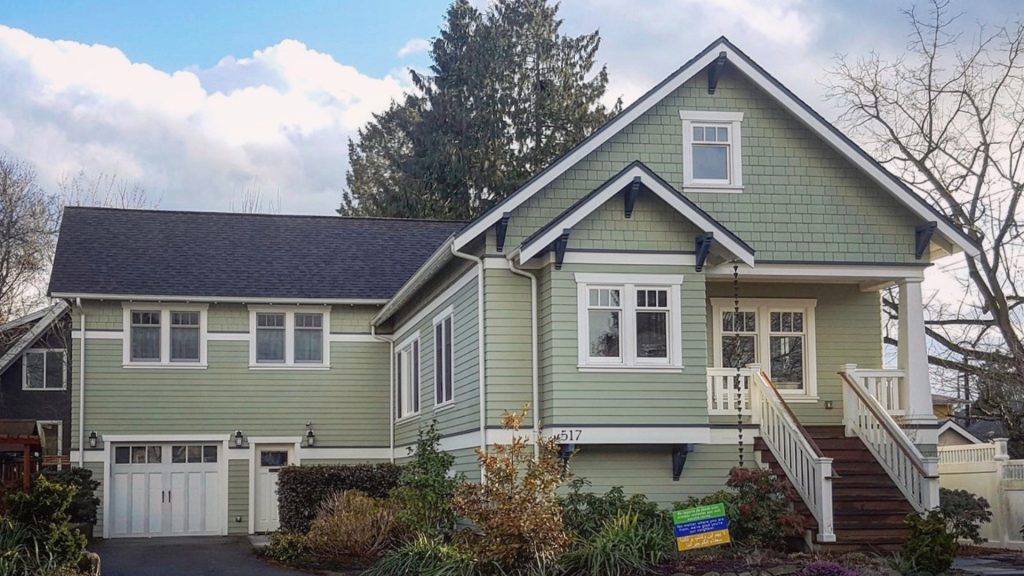
All this means lower energy bills for these homes. Another plus is that you can get ADUs that are already made (prefabricated). These are quicker to set up, which cuts down on building time.
Smooth As You Like
ADUs are great because they typically have minimal impact on existing communities, which is really different from some of the more disruptive urban development practices of the 20th century.
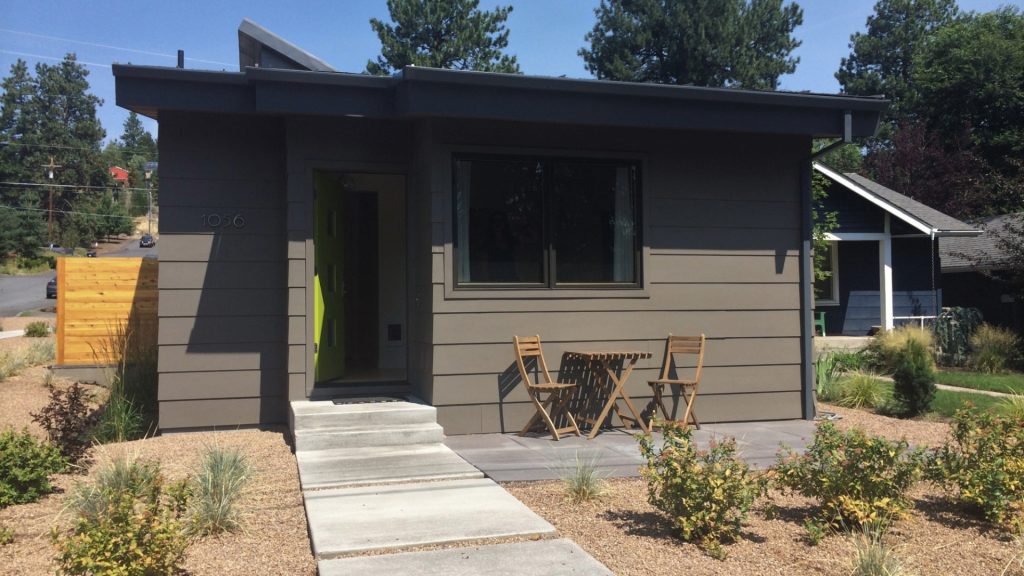
Back then, when they wanted to build new areas in cities, they often destroyed whole neighborhoods. They would tear everything down to build new buildings. But ADUs don’t need this kind of big change. They can be added to neighborhoods that are already there, without having to knock down buildings or make people move.
The ‘Missing Middle’ In Housing
ADUs can really help with the “missing middle” in housing, which is a part that’s often not focused on in new housing projects.
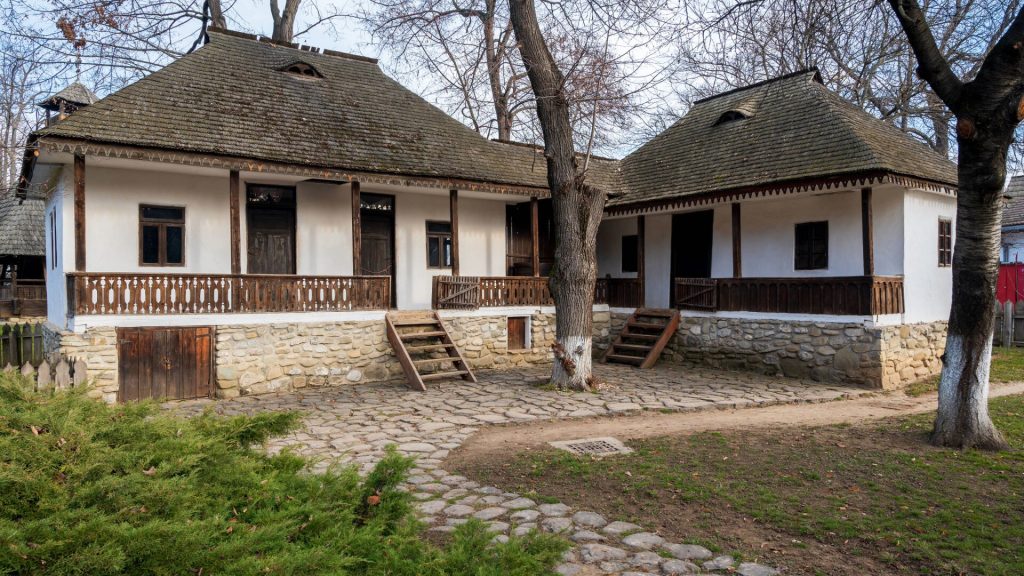
A lot of new neighborhoods are made to be “luxury,” for people with a lot of money. And affordable housing is mostly done by the government and nonprofits for people who don’t have much money.
The Perfect Fix
In this context, middle-income housing often falls through the cracks. These homes are smaller and made for different budgets and ways of living, so more people can afford them. ADUs are perfect for this.
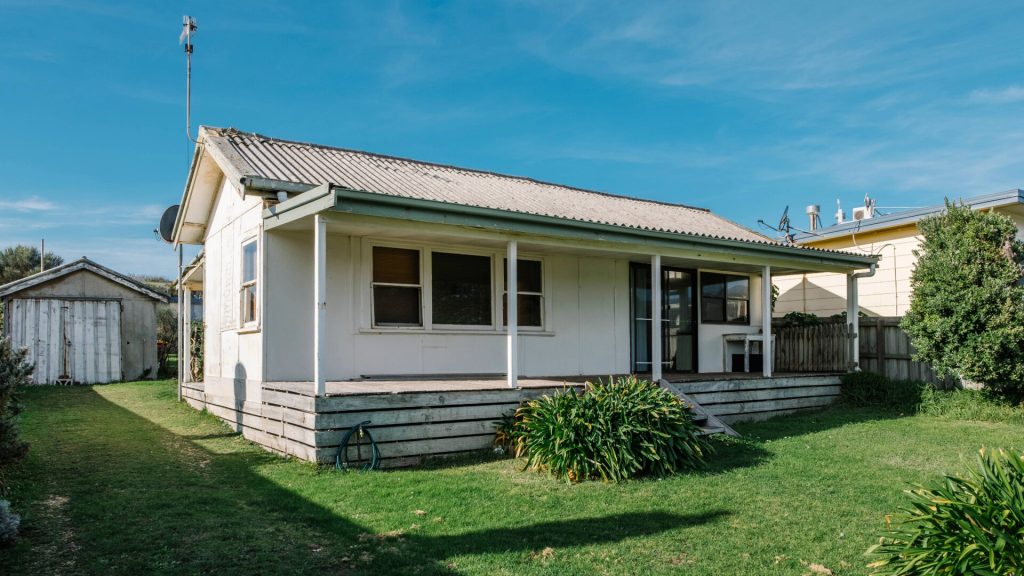
ADUs are affordable and do not require government intervention, making them great for people with middle incomes.
Granny Flats For A Reason
The number one reason ADUs gained the moniker “granny flats,” is because they can be a very practical option for families with different generations living together.
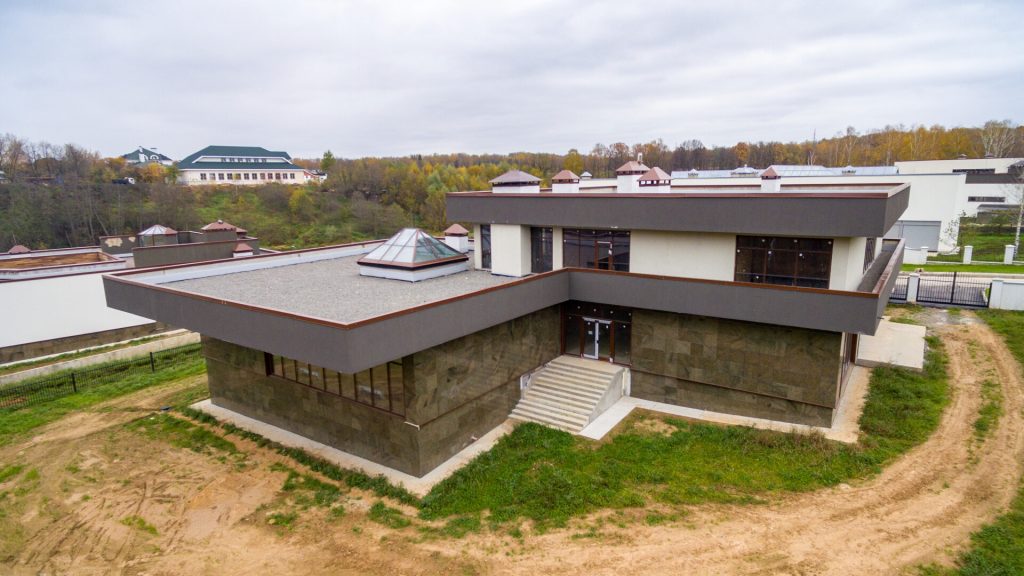
They’re often one story, so they’re good for older family members who want to live comfortably and safely at home. They also offer a less expensive and private option for younger adults who can’t afford a big single-family home.
They Are Rent-Friendly
Besides helping families, ADUs can be rented out, either for a long time or as short-term rentals. This can help control high rent costs by adding more rental homes to neighborhoods.
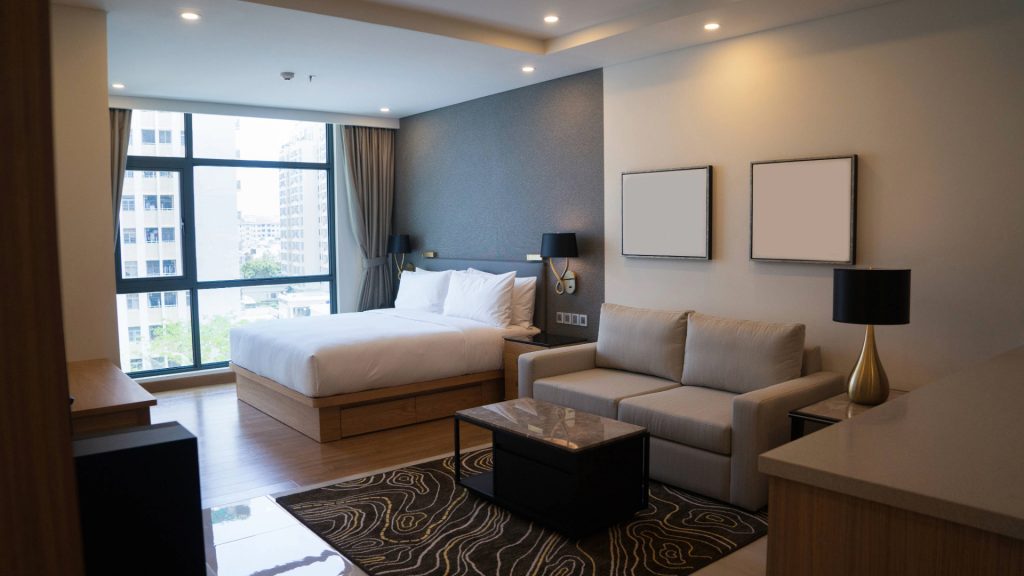
Homeowners can also make extra money from these rentals, which can help them pay their mortgages.
Bumps On The Road To Mass Adoption
Accessory Dwelling Units (ADUs) face some opposition, despite their advantages. Often, local residents worry about their impact on neighborhoods.

One big concern is that more homes could mean not enough parking, as more people usually means more cars. Another worry is that adding these new homes might lower the value of other properties in the area.
Bureaucratic Red Tapes
Also, the process of getting an ADU built can be tough. Homeowners have to deal with many rules and might need to get several permits, which can slow things down a lot.

Suffice it to say, this can be frustrating and might stop people who would like to build an ADU. These challenges show that there’s a need for easier ways to handle these projects so ADUs can be a better option for housing.
LA To The Save
Los Angeles has a special plan to encourage building Accessory Dwelling Units (ADUs). They started a program where homeowners and developers can choose from 20 pre-approved ADU designs.
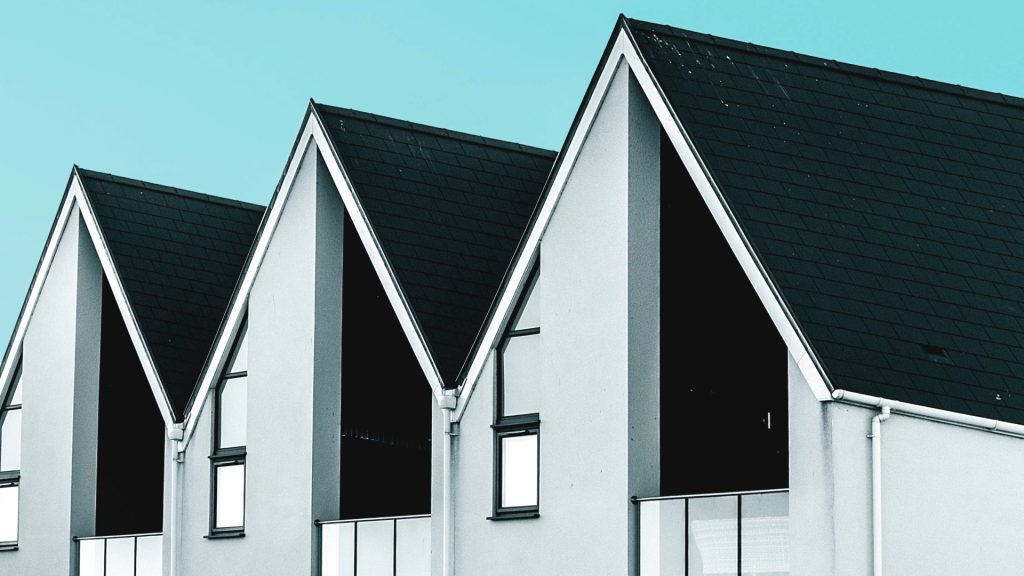
These range from small studios under 400 square feet to bigger three-bedroom homes up to 1,200 square feet.
And There’s More
Understanding that building ADUs can be expensive, California offers up to $40,000 to help homeowners with the cost.

Also, CityLAB, connected to UCLA, made a guidebook to help homeowners build an ADU. This book gives step-by-step help for applying to the city and finding people to work with.
A New Dawn
California’s push for Accessory Dwelling Units (ADUs) has been effective, with a significant increase in permits from 9,000 in 2018 to 12,392 by 2020. Other cities, inspired by Los Angeles and Seattle, are now exploring ADUs.

Pittsburgh is testing a pilot project, and Cincinnati is changing laws to allow ADUs. As the U.S. faces housing challenges, ADUs offer a practical, sustainable solution, providing a new approach to housing development and community integration to help address these issues nationwide.

